We are now, if First Minister Nicola Sturgeon is to be believed, less than 18 months away from a second Scottish independence referendum.
She has pledged that a vote will be held in 2023. I believe that, while this is possible, the likelihood is remote, given that any such proposal will undoubtedly be refused by Westminster.
That would leave the Scottish Government with just two options: a wildcat vote along the lines of the Catalan referendum of 2017, and an appeal to the courts.
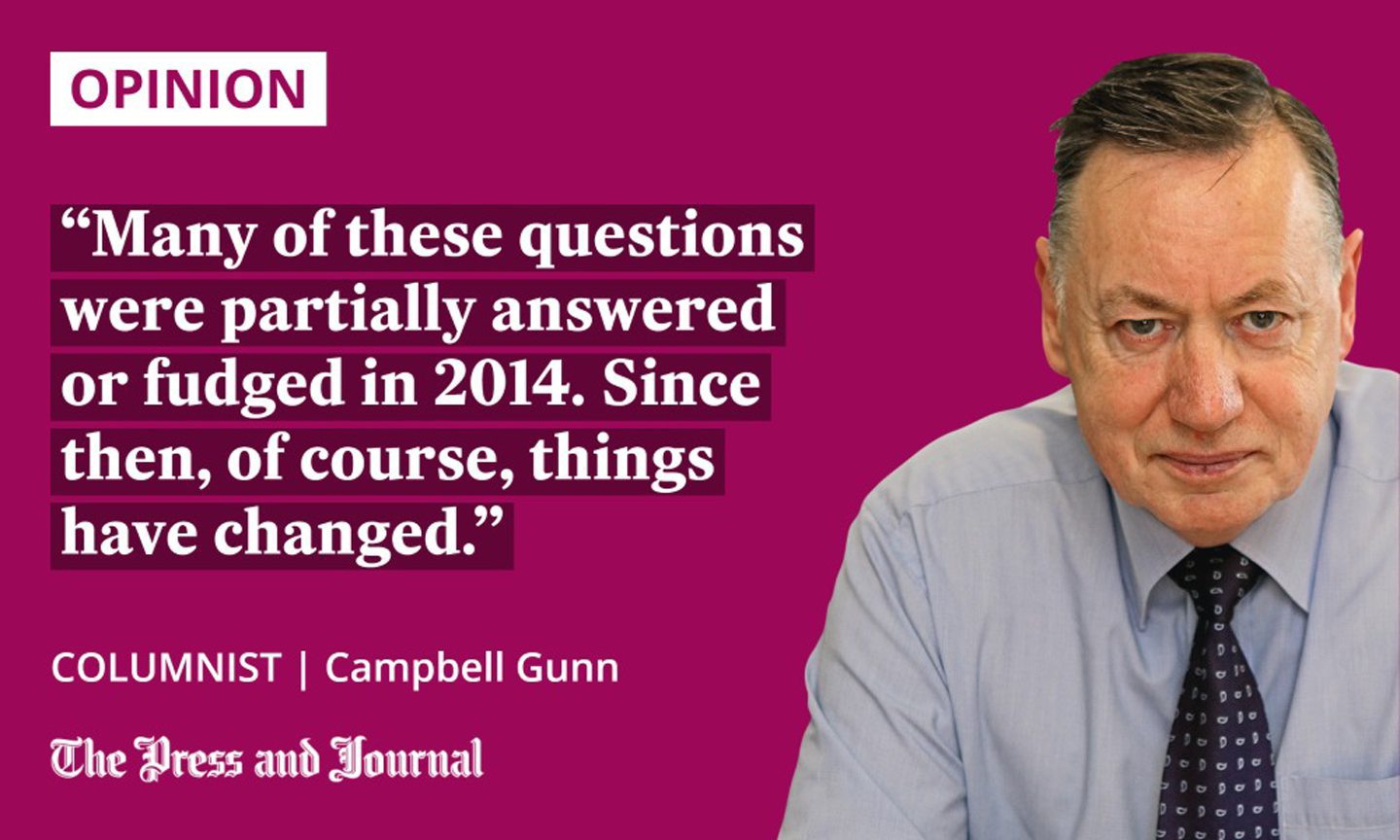
The result of the vote in Catalonia was the refusal of Spain to recognise its outcome, and no acceptance of the result by any other countries. It was claimed that those in favour of remaining within Spain simply boycotted the election and that, therefore, its result was invalid.
The same scenario would undoubtedly happen if an unsanctioned vote was held in Scotland. The alternative of going to court would mire the Scottish Government in a long and costly legal process with little certainty of success at the end.
However, for the sake of argument, let’s leave all that aside and imagine that the first minister gets her way, and that next year, perhaps just over a year or so from now, we face an independence vote. If that does happen, the Scottish Government has a lot of questions to answer in a very short time.
Would Scotland join the EU? Would the EU allow immediate entry? Would Scotland join Nato? If we joined Nato, would we allow nuclear weapons in our ports? How would Scotland plug its economic black hole? What currency would we use?
Many of these questions were partially answered or fudged in 2014. Since then, of course, things have changed.
EU and Nato membership
The UK is no longer in the EU, so, instead of Scotland remaining in Europe, we’d be an outsider applying for membership. It should be said, though, that the noises from the EU suggest that any application to rejoin would be heard sympathetically.
But, joining would necessarily result in a hard border between Scotland and England, as one would be outside and the other inside the EU. That would create a similar situation as currently exists between Northern Ireland and the Republic of Ireland, and we are all too aware of the problems that is causing.
On Nato, the Russian invasion of Ukraine has altered the geopolitical landscape
On Nato, the Russian invasion of Ukraine has altered the geopolitical landscape. I remember the heated debate on the subject at the SNP’s national conference in 2012, where the party overturned decades of opposition to joining. It was a close-run thing, resulting in the resignation of three of the party’s MSPs, and the SNP is still split on the issue, no matter the leadership’s official position.
Supporters point to the fact that Norway and Denmark are Nato members while refusing to host nuclear weapons, while those opposed point to Ireland’s successful neutral position outside the alliance.
‘It’s the economy, stupid’
During the last referendum campaign, the Yes side claimed that, for an interim period, an independent Scotland would continue to use sterling. Oh no you won’t, Westminster said. Oh yes we will, came the reply.
Of course, any country can use any currency, but would immediately lose control over one of the nation’s major economic levers.
But what would be the long-term option? Sterling? The euro? An independent Scottish currency? The answer is that we simply don’t know, because the SNP hasn’t yet told us.
Perhaps most importantly, as the campaign slogan which helped elect Bill Clinton to the United States presidency in 1992 went: “It’s the economy, stupid!” Clinton’s strategists knew that, for most voters, this is the bottom line. Will voting a particular way make me poorer or better off?
The recent news that Scotland currently faces a funding gap of £3.5 billion must have set off alarm bells in St Andrew’s House.
These questions, and lots more on other equally crucial issues, still have to be answered
The SNP answer here is that this black hole is a result of how Scotland’s economy performs as part of the United Kingdom. With independence and control over all the economic levers (with the exception of currency, if we retain sterling or join the euro, of course), all that would change, the party claims. But how many Scots will be willing to take that risk?
Straightforward questions tie the SNP in knots
These questions, and lots more on other equally crucial issues, still have to be answered. For example, which government, Holyrood or Westminster, would be responsible for pensions? This seemingly straightforward query has already tied SNP spokespeople in knots.
I still firmly believe in the creation of an independent Scotland. But, before the majority of the Scottish population can be persuaded to agree with me, the SNP government has to come up with credible responses to many serious questions.
If Nicola Sturgeon’s timetable for Indyref2 is correct, time is fast running out for these questions to be answered.
Campbell Gunn is a retired political editor who served as special adviser to two first ministers of Scotland, and a Munro compleatist
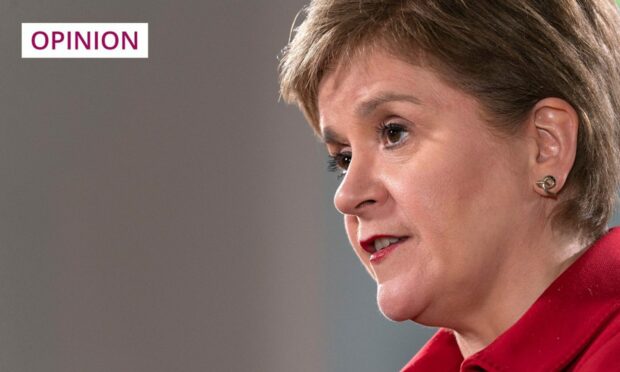
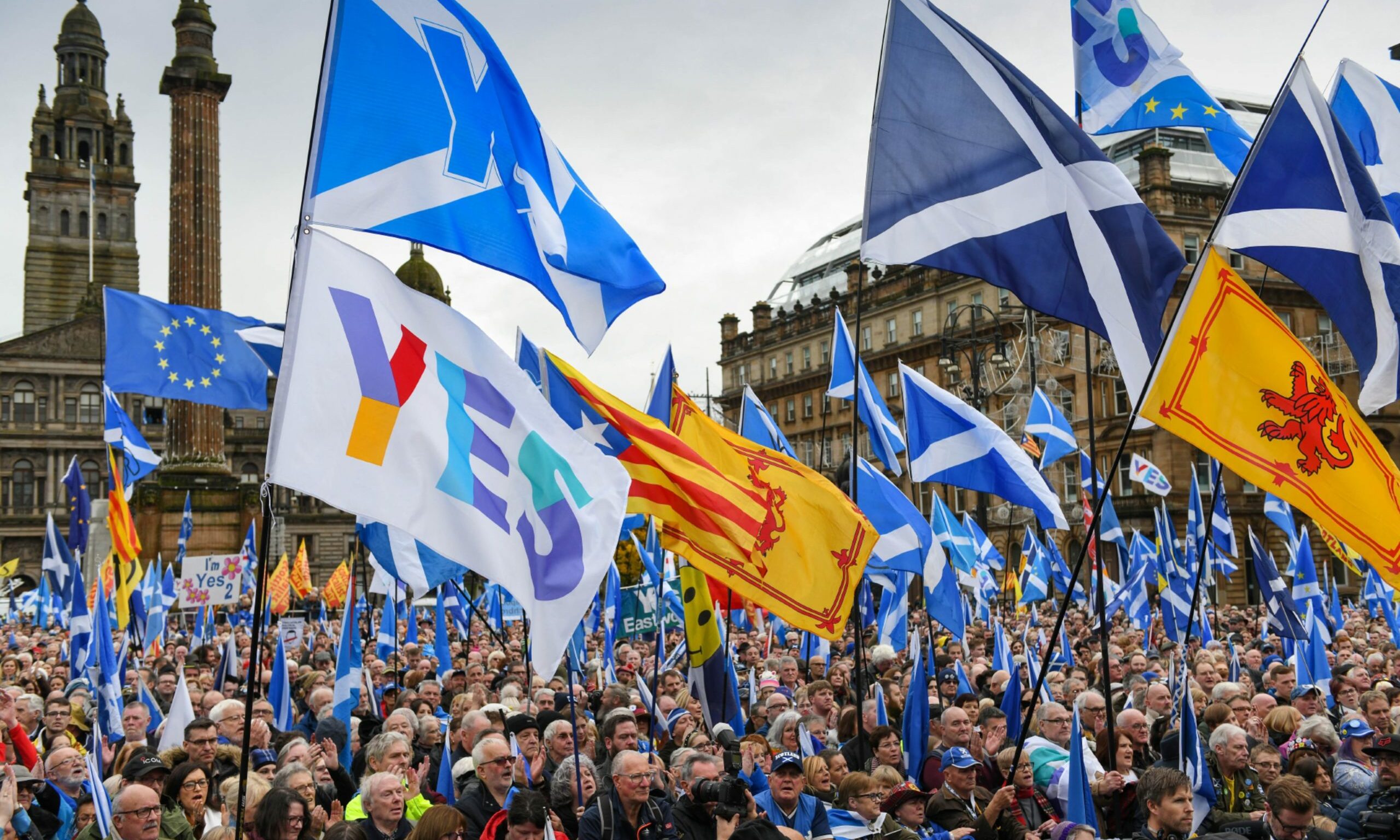
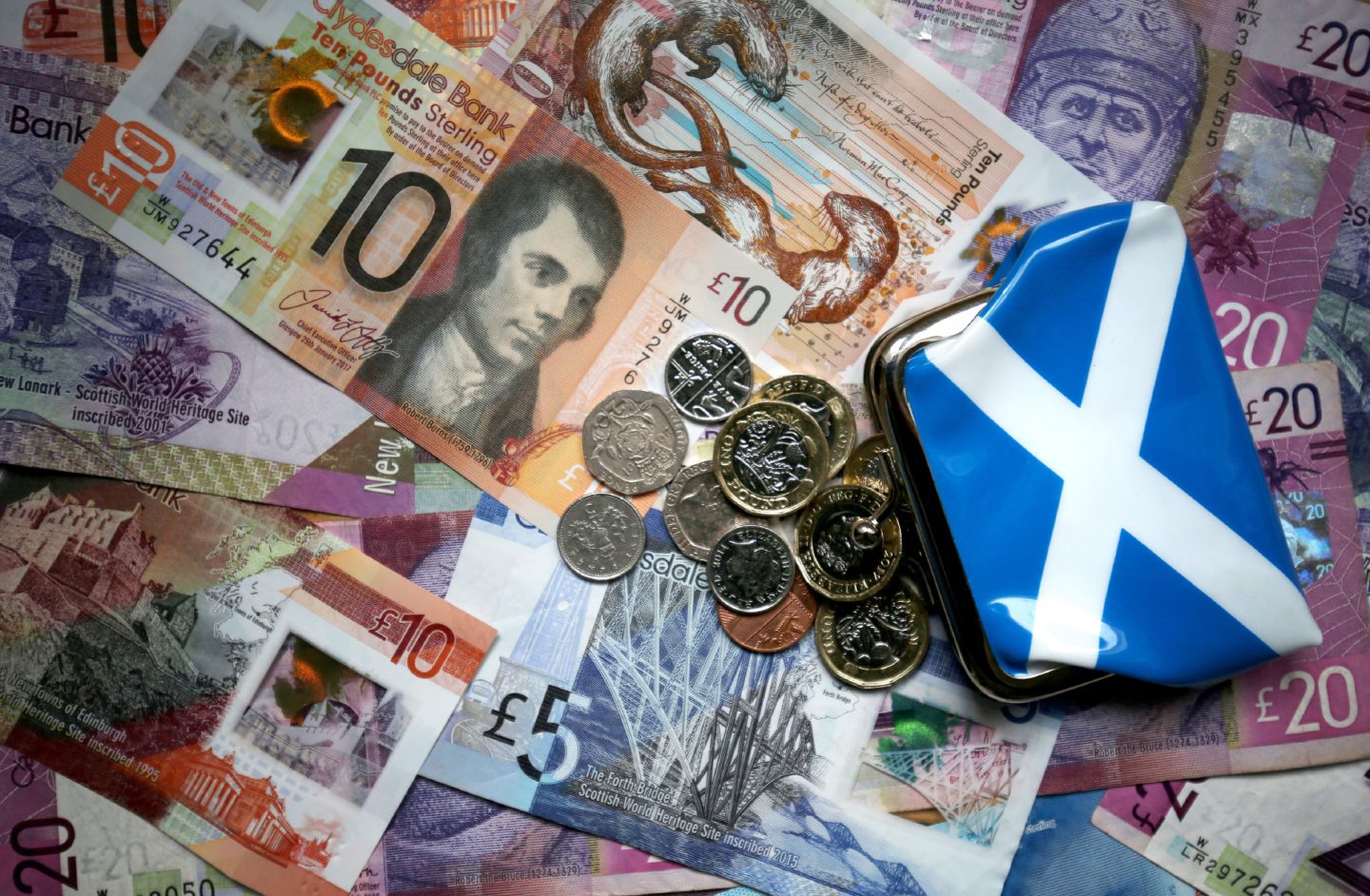
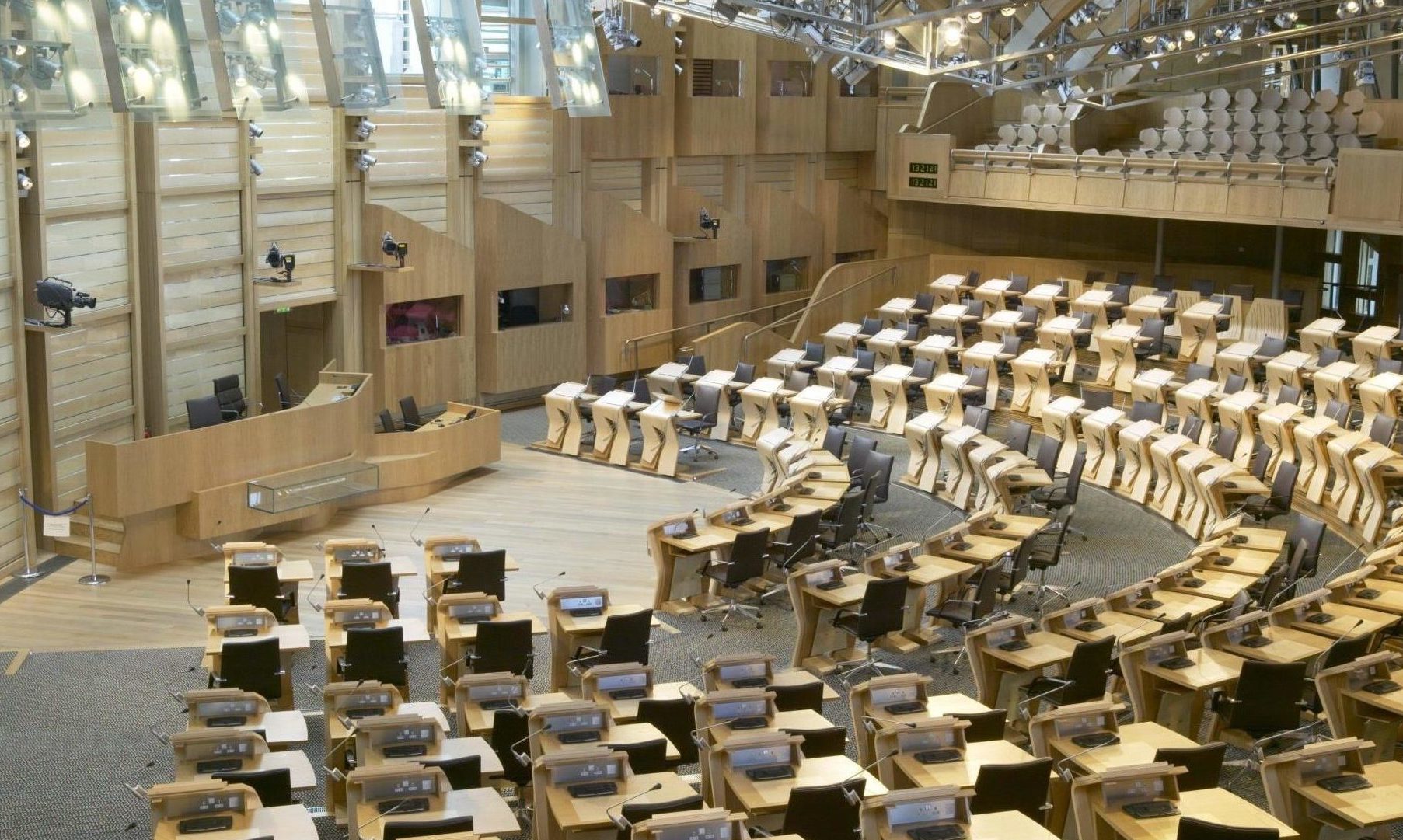
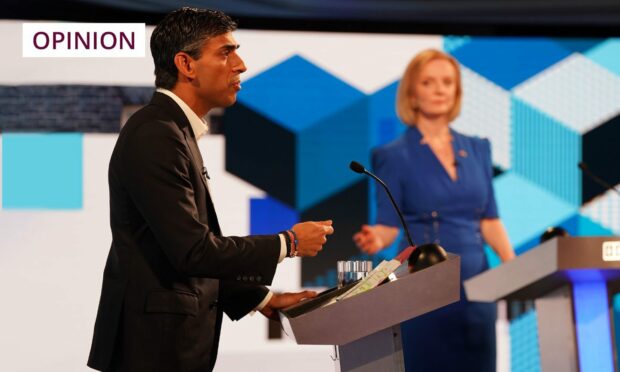
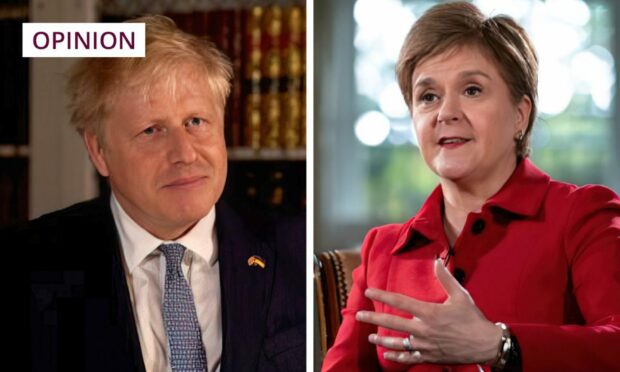
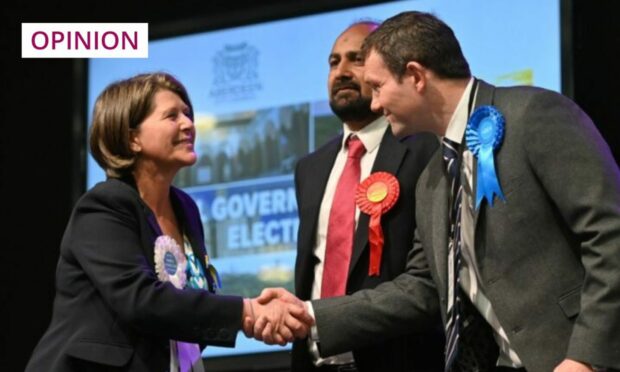


Conversation